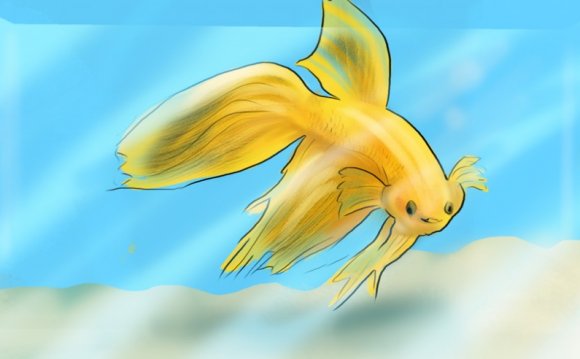
|
A healthy male Betta should look alert. Frequent attacks of Ick indicate that the
Elevating the water temperature to 27oC
"Melafix" treats wounds and abrasions
Use "Melafix" after netting fish and to clean
AMMONIA POISONING IN FISH
There is no cure, only good preventative measures from proper fish keeping. Ammonia can damage the gills at a level as low as 0.25 mg/l, and such
Properly "cycled" aquaria prevent ammonia poisoning, as do frequent water changes. For the immediate removal of ammonia, use an ammonia detoxifier such as Kordon's "Amquel". NITRITE POISONING occurs at NO2 levels
Practice zero tolerance of nitrite and of ammonia/ammonium levels by having a properly functioning biological filter in place or by using frequent water changes. Bio-additives such as Hagen's "Cycle" and "Waste Control" help prevent ammonia and nitrite poisoning.
Do not put medications down the drain, as they may contaminate the environment. Products that contain mercury and antibiotics are most unsuitable for tossing down the drain- as the ecological effect is potentially disasterous. Dispose of all treatment products and treated
Many fish treatments contain hazardous substances and should be used very carefully. Some remedies are toxic to humans and some are also carcenogenic (cancer causing) so read the labels carefully. Prolonged exposure to nitrate (NO3) will cause distress in most fish species and high nitrate levels may be a cause of dropsy in Goldfish. Control nitrate levels by regular, partial water changes. Changing 20% of the volume each fortnight is recommended. See Fish Keeping Notes or my notes of Maintenance. Frequent, partial water changes are used to control of nitrate. NEVER change all of the water at one time as such action will shock the fish, causing distress or death. |
DISEASES IN BETTAS
ICH or WHITE SPOT... |









